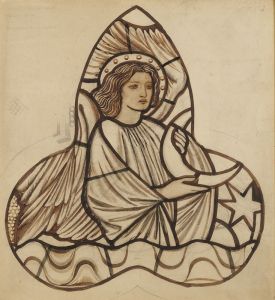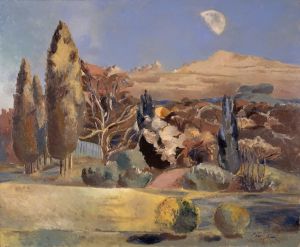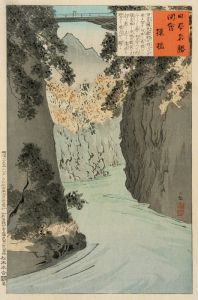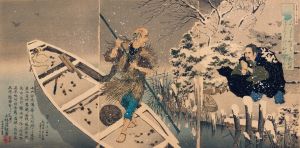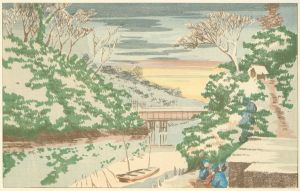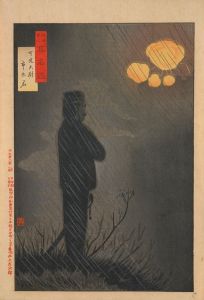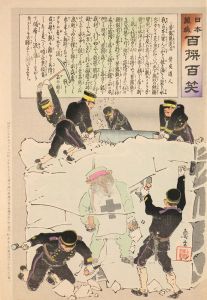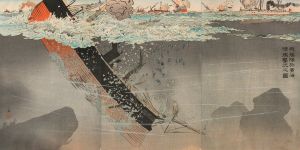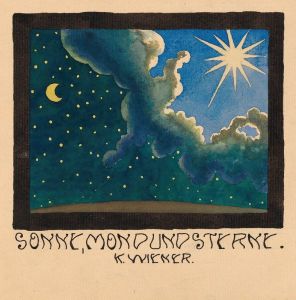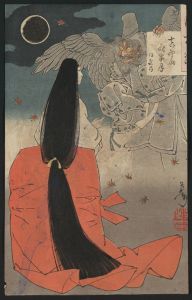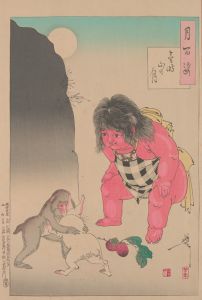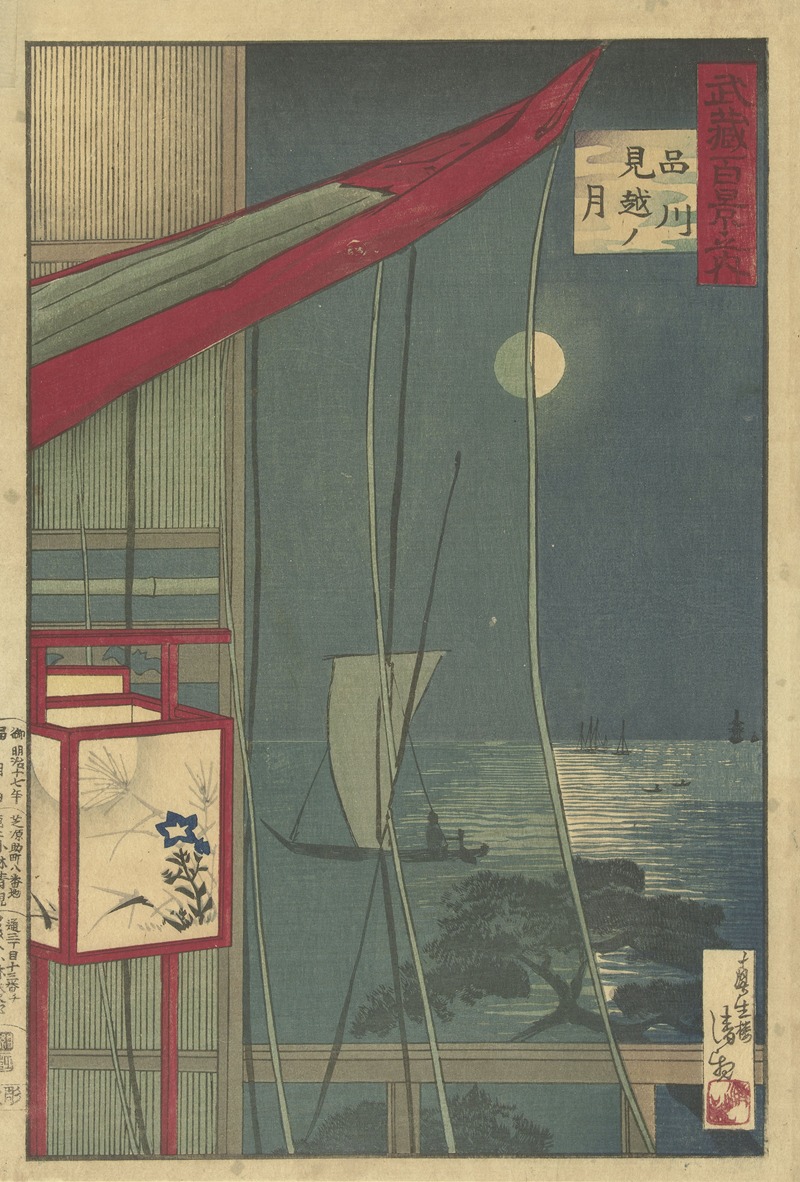
The Moon At Shinagawa
A hand-painted replica of Kobayashi Kiyochika’s masterpiece The Moon At Shinagawa, meticulously crafted by professional artists to capture the true essence of the original. Each piece is created with museum-quality canvas and rare mineral pigments, carefully painted by experienced artists with delicate brushstrokes and rich, layered colors to perfectly recreate the texture of the original artwork. Unlike machine-printed reproductions, this hand-painted version brings the painting to life, infused with the artist’s emotions and skill in every stroke. Whether for personal collection or home decoration, it instantly elevates the artistic atmosphere of any space.
Kobayashi Kiyochika (1847–1915) was a prominent Japanese artist known for his ukiyo-e woodblock prints and paintings, particularly during the Meiji era (1868–1912). His works often reflect the rapid modernization and Westernization of Japan during this period, blending traditional Japanese aesthetics with influences from Western art techniques such as perspective and shading.
One of Kiyochika's notable works is The Moon at Shinagawa (Shinagawa no tsuki), part of his celebrated series Views of Famous Places in Tokyo (Tokyo meisho no uchi), created between 1876 and 1881. This series is widely regarded as a masterpiece of Meiji-era art, capturing the transformation of Tokyo (formerly Edo) as it evolved into a modern metropolis. The series consists of landscape prints that depict urban and rural scenes under various lighting conditions, with a particular focus on the interplay of light and shadow.
The Moon at Shinagawa portrays a serene nighttime view of Shinagawa, a district in Tokyo that historically served as a post station on the Tōkaidō, the main road connecting Edo (Tokyo) to Kyoto. In this print, Kiyochika masterfully depicts the moonlight illuminating the quiet waterfront, with boats gently floating on the water and the silhouettes of buildings and trees in the background. The composition emphasizes the stillness and tranquility of the scene, contrasting with the bustling modernization occurring elsewhere in Tokyo at the time.
Kiyochika's use of light and shadow in this work demonstrates his innovative approach to ukiyo-e, influenced by Western art techniques. The soft gradations of light and the atmospheric effects create a sense of depth and realism that was relatively uncommon in traditional Japanese woodblock prints. This stylistic innovation earned Kiyochika recognition as a pioneer of modern Japanese printmaking.
While The Moon at Shinagawa reflects Kiyochika's artistic response to the changing times, it also retains a sense of nostalgia for the Edo period, evoking a connection to Japan's cultural heritage. The work is considered a significant example of how Japanese artists adapted traditional art forms to express the complexities of the Meiji era.
Today, The Moon at Shinagawa and other prints from Kiyochika's Views of Famous Places in Tokyo series are held in various museum collections worldwide, including the Museum of Fine Arts, Boston, and the British Museum. These works continue to be studied and appreciated for their historical and artistic significance.





